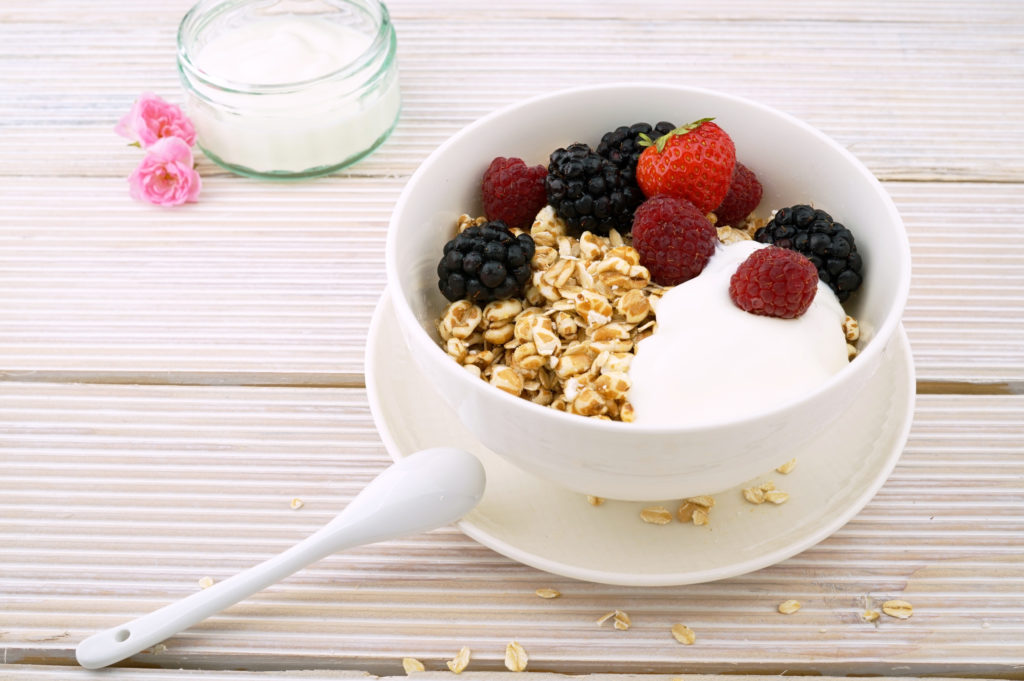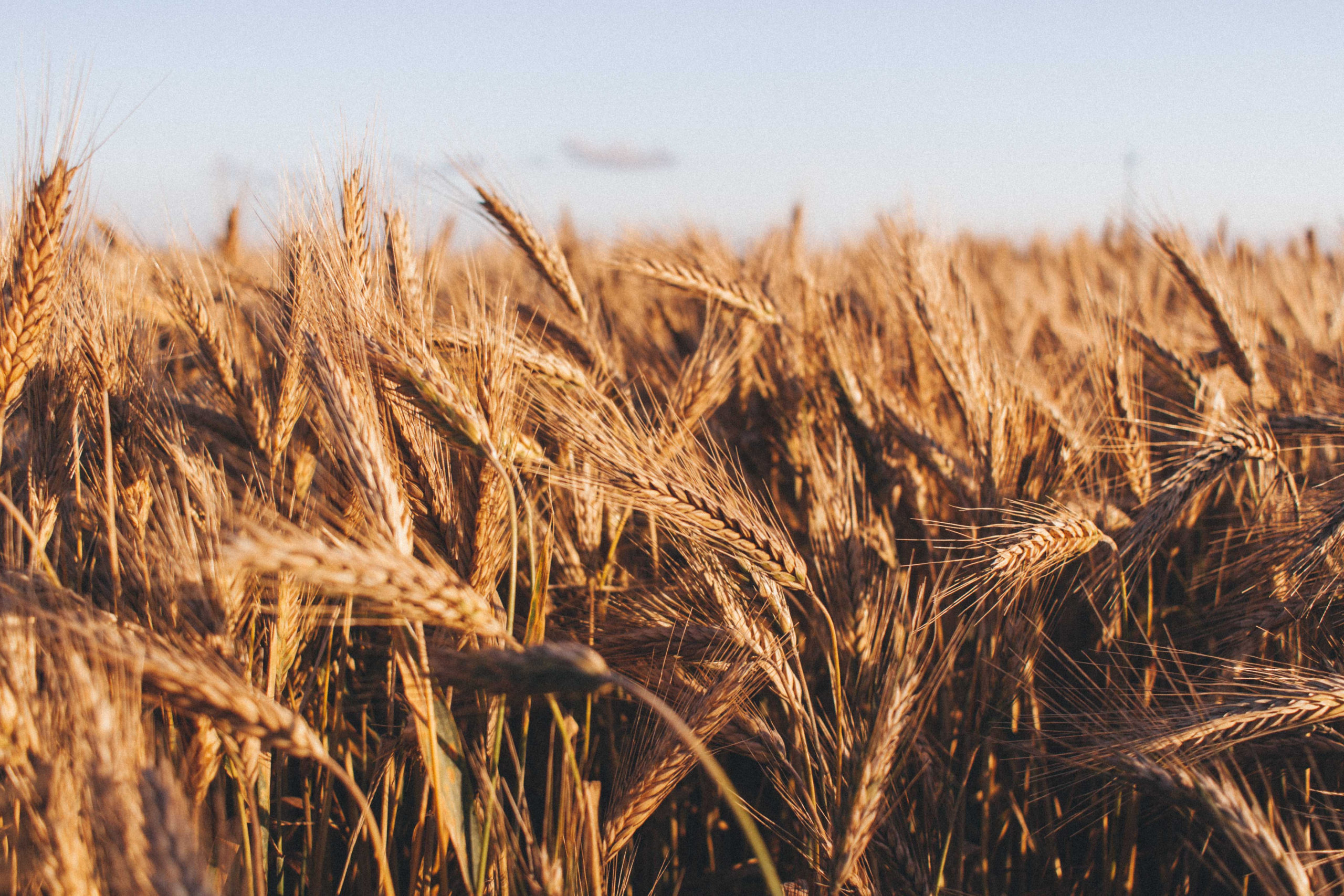Fiber plays a multitude of roles in our health. This article will walk you through why fiber is so important and where to get it in your diet!
Fiber is defined as a non-digestible class of carbohydrate found in plant foods. It travels through the gastrointestinal tract intact until it reaches the colon. The two main types of fiber are soluble and insoluble fiber.
Soluble fiber absorbs water, creating a gel. It contributes to increased satiety, binds bile acids to lower LDL cholesterol, softens the stool and keeps our intestinal pH regulated. Insoluble fiber does not expand in water, but acts like a broom to sweep through the GI tract, adding bulk to our stool. Both kinds of fiber can be fermented by bacteria in the colon, though soluble fiber from fruits and vegetables seems to be the most readily fermentable.
Soluble fiber is found in: Oats, Nuts/Seeds, Dried peas, Beans/Lentils, Apples, Pears, Strawberries, Blueberries, Raspberries, Most vegetables, Avocado, Sweet potato, Flax seed, Chia seeds, and Psyllium husk
Insoluble fiber is found in: Whole grains (barley, couscous, brown rice, etc.), Wheat Bran, Beans/Lentils, Carrots, Zucchini, Celery, Corn and Okra
Fiber is particularly beneficial for our digestive, cardiovascular and metabolic health. Keep reading to find out more about how increasing your fiber helps fight disease!
Fiber for Digestive Health
Increasing fiber helps reduce risk of diseases like inflammatory bowel disease, diverticulitis and colon cancer. Fiber acts like a broom, sweeping food and waste through our gastrointestinal tract to our colon. Fiber rich foods increase transit time and can help promote regular bowel movements, adding bulk to and softening the stool. Eating lots of fiber supports a healthy microbiome as well! Some of the fiber we eat (called prebiotic fiber) is fermented by the beneficial bacteria in the colon to form short chain fatty acids (SCFAs) like butyrate. These SCFAs serve as the primary fuel for our colon cells; thereby reducing inflammation and the risk of colon cancer. Additionally, intake of soluble fibers like psyllium seem to help regulate both constipation and diarrhea type IBS.
Fiber for Cardiovascular Health
Fiber acts like a binding agent to get rid of LDL cholesterol once it’s taken up by the liver. Without enough fiber, we might be more likely to recycle cholesterol and other hormones instead of eliminating them. Meta-analyses have found that soluble fibers like psyllium fiber and beta-glucan in oats lowers LDL cholesterol and other lab markers of CVD risk.
Fiber for Glycemic Control
Fiber intake appears to reduce risk markers of Metabolic Syndrome and Type 2 Diabetes due to its ability to prevent the rapid rise of blood sugar and insulin levels. It also increases satiety, meaning you feel full longer and may consume fewer calories over the course of the day, which may help achieve a healthy weight. Research has found that fiber supplementation (especially soluble fiber) reduces fasting blood sugar, triglycerides and blood pressure over controls in an 8 week intervention.
How Much Fiber Should We Eat?
In general, consuming 30-38 grams of fiber daily is considered optimal. Of course, there are conditions that indicate a lower fiber diet, so always work with a trusted professional who can help you assess your unique needs more fully. Gastroparesis, Gastric Bypass and active Crohn’s Disease/Ulcerative Colitis are conditions in which a high fiber diet may be contraindicated.
Here is a practical way to include more fiber in your diet!
Combine ½ cup each of ground flaxseed, chia seeds, shelled hemp seeds and pumpkin seeds. Store in an airtight container or jar in the refrigerator and use a tablespoon or two daily to boost your fiber. It is so versatile: use on salads, sprinkle on peanut butter toast, mix into yogurt or oatmeal, blend into smoothies or even stir into your favorite cooked grains like quinoa and rice.



